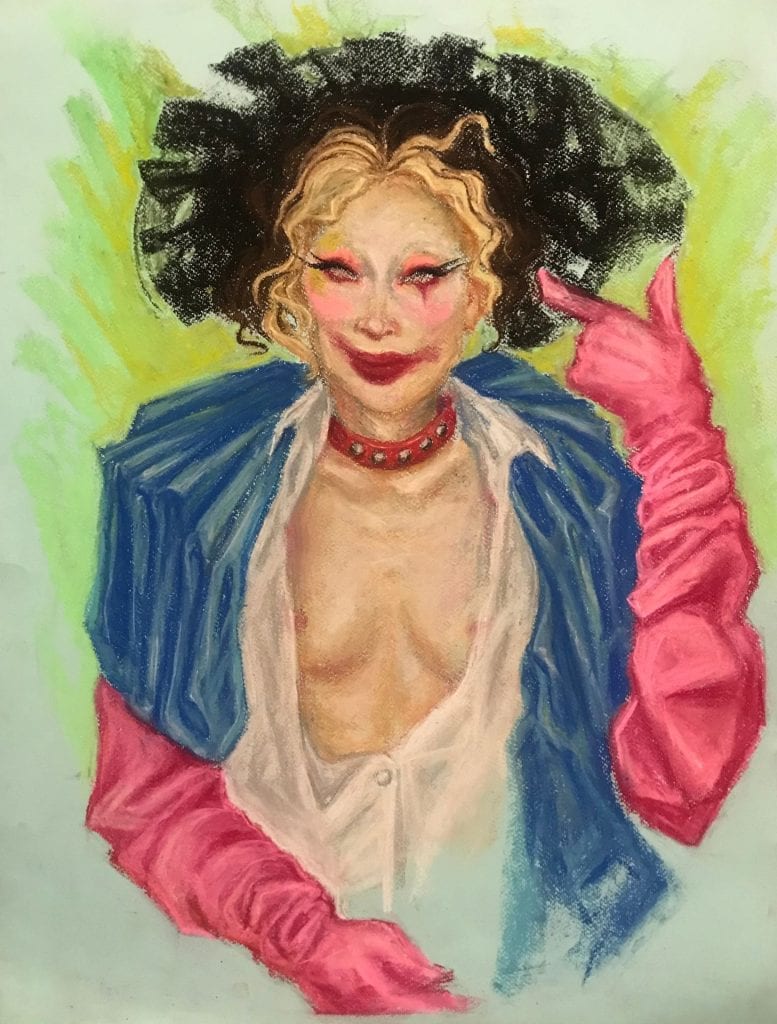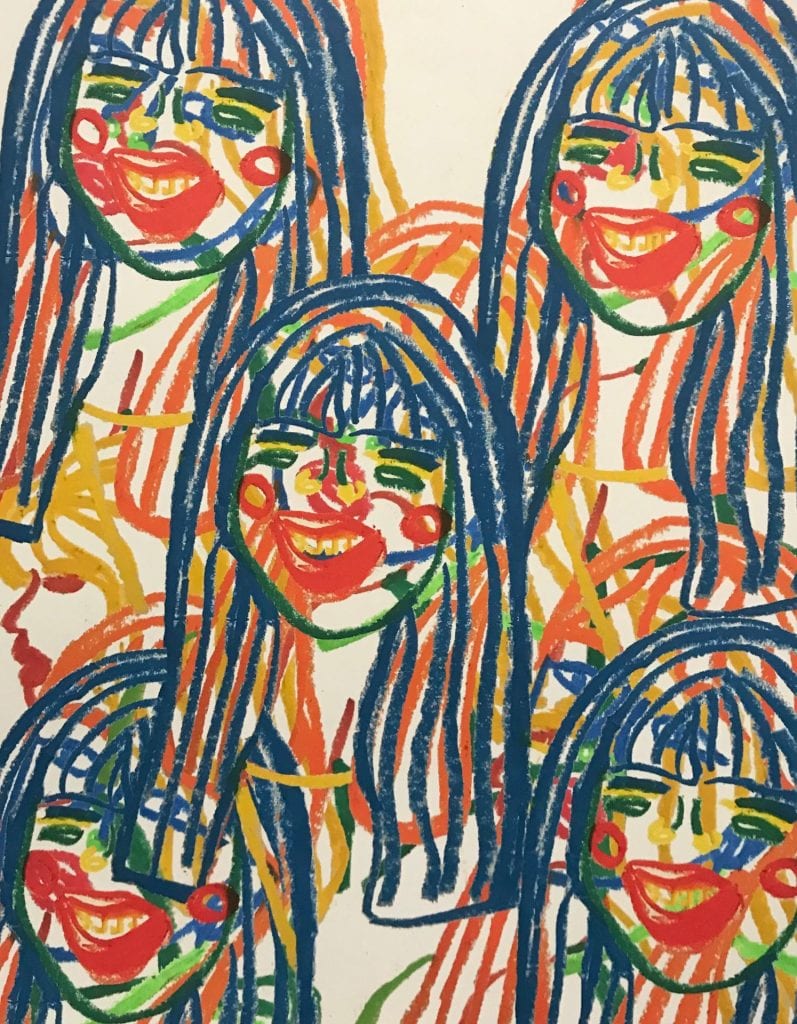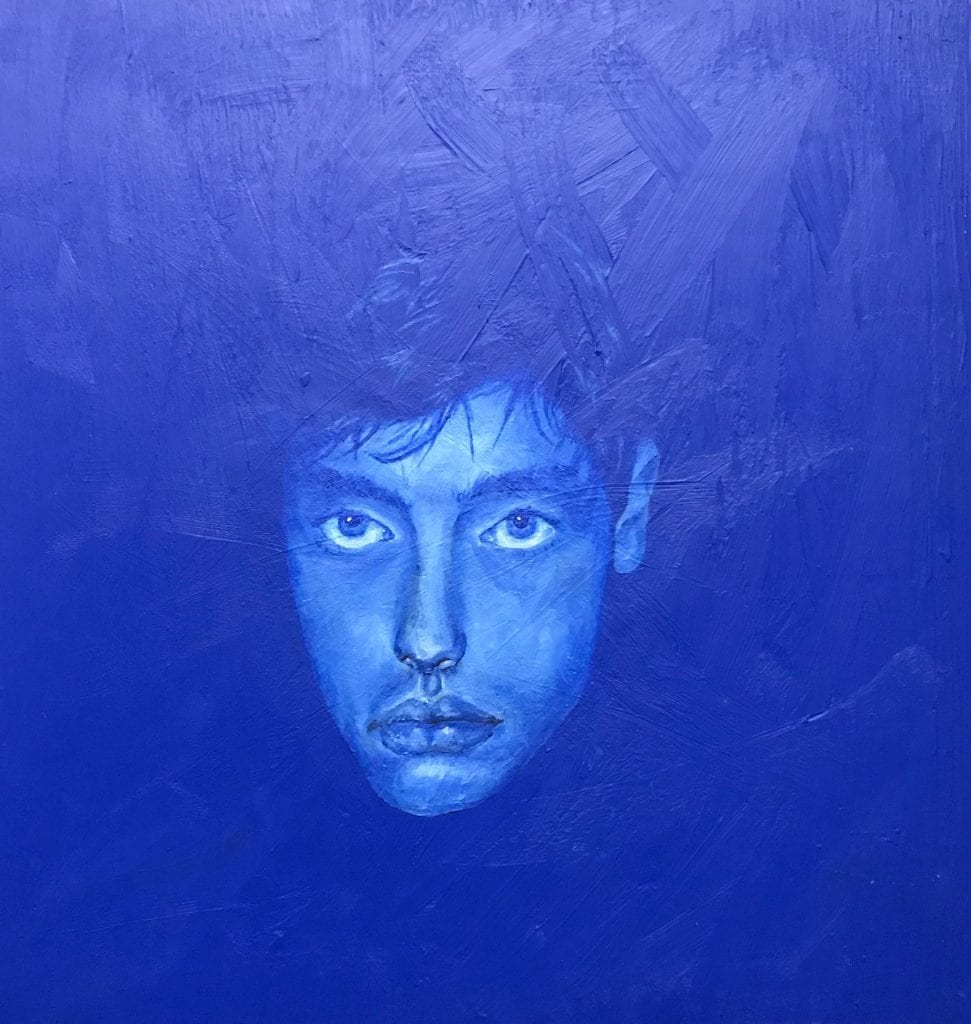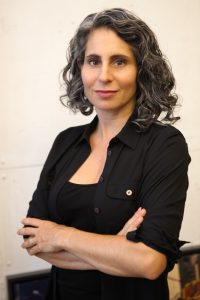Project 1
Repurposing an Object (Sketchbook assignment) – Black and White
Shape and form draw meaning from their context. An artist can reframe the meaning of
a form through recontextualizing the viewer’s perspective. By understanding how to set
context, an artist is better able to communicate new insights and ideas.
Choose an object that interests you (interesting shape, form, composition, social implication, historical value) and incorporate it into another unexpected and surprising
form.
Reference Artists: Rene Magritte, Pablo Picasso, Salvador Dali, Christoph Niemann,
Andy Warhol, Marcel Duchamp.
Materials: Sketchbook, pens, pencil, marker
Project #2 – 2-D Design Repetition Project Grid (Photoshop and Drawing)
Orientation is as important an aspect of an image as shape or color. The directional focus an artist selects affects the relationship of forms within the image and also informs the viewer’s perspective. Within the image, there is no prescribed choice of “up” as opposed to “down.”
This is a study of abstracting the human figure. Based on your figure drawings, find one section of a drawing that you find compositionally intriguing. Create a simple black and white representation of this drawing (the black and white must be equally balanced) in a square format.
Then take this square drawing and import it into photoshop and create a grid repeating the image so that you can play with the forms next to one another.
Skill Sets: Photoshop– Grids, Guidelines, Snapping to Grids, Duplicating, Fill and
Adjustment Layers, Opacity, Manipulations for Photoshop, Blend Modes
Drawing and Observational Skill Sets: Abstraction vs. Representation, black and
white relationships, organized chaos, Void and Mass, Visual Relationships, The Grid,
color theory terminology and concepts.
Materials: In Class figure drawings (newsprint and charcoal), Photoshop (laptop
computers)
Part A will be the grid in black and white.

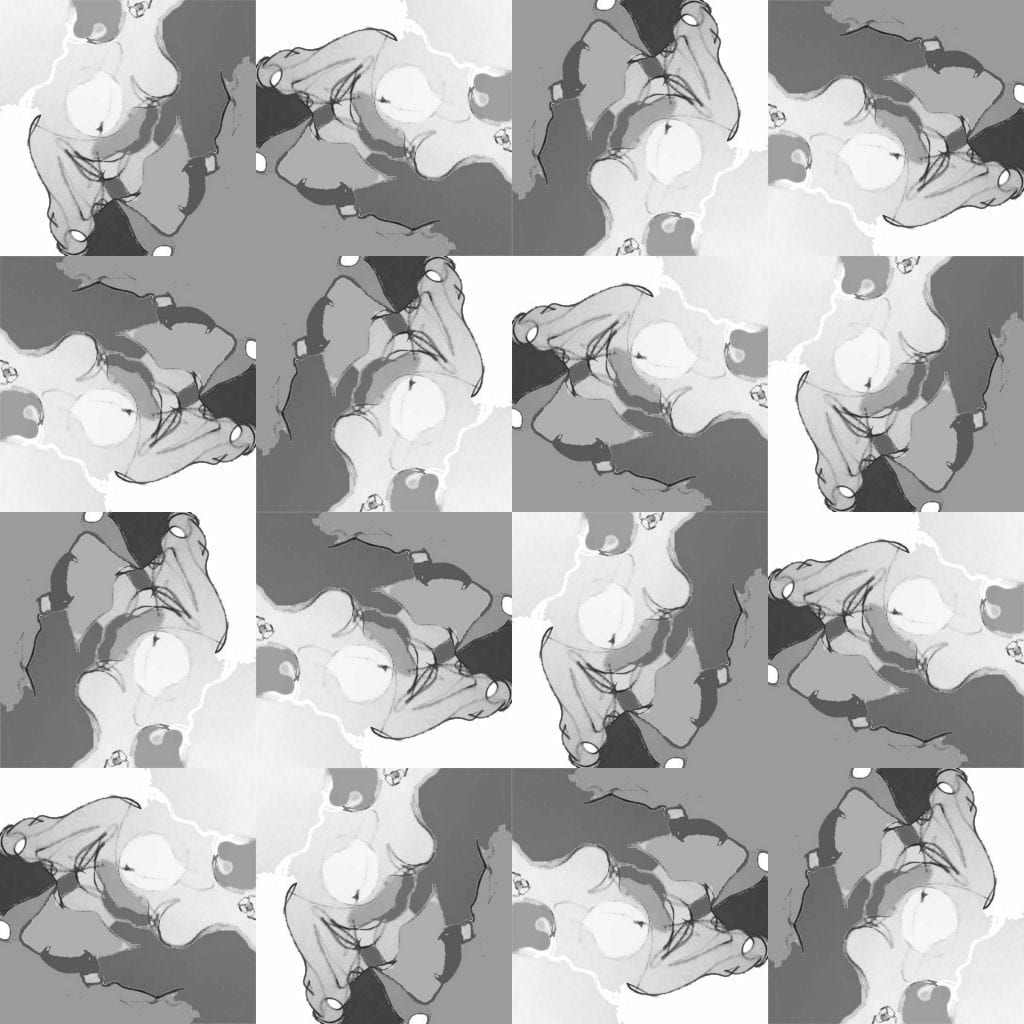

Part B will be the same grid design but changed to color so that color theory principles can be applied to the project.
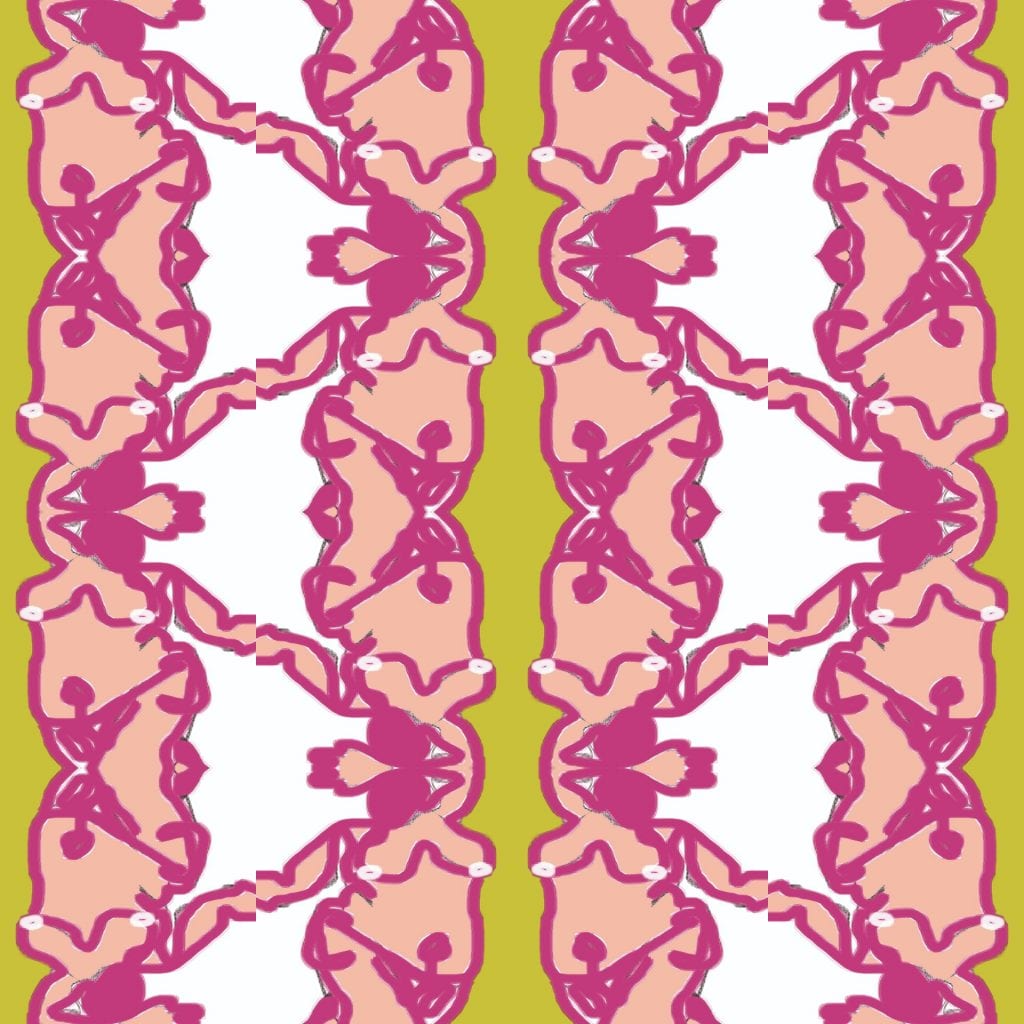
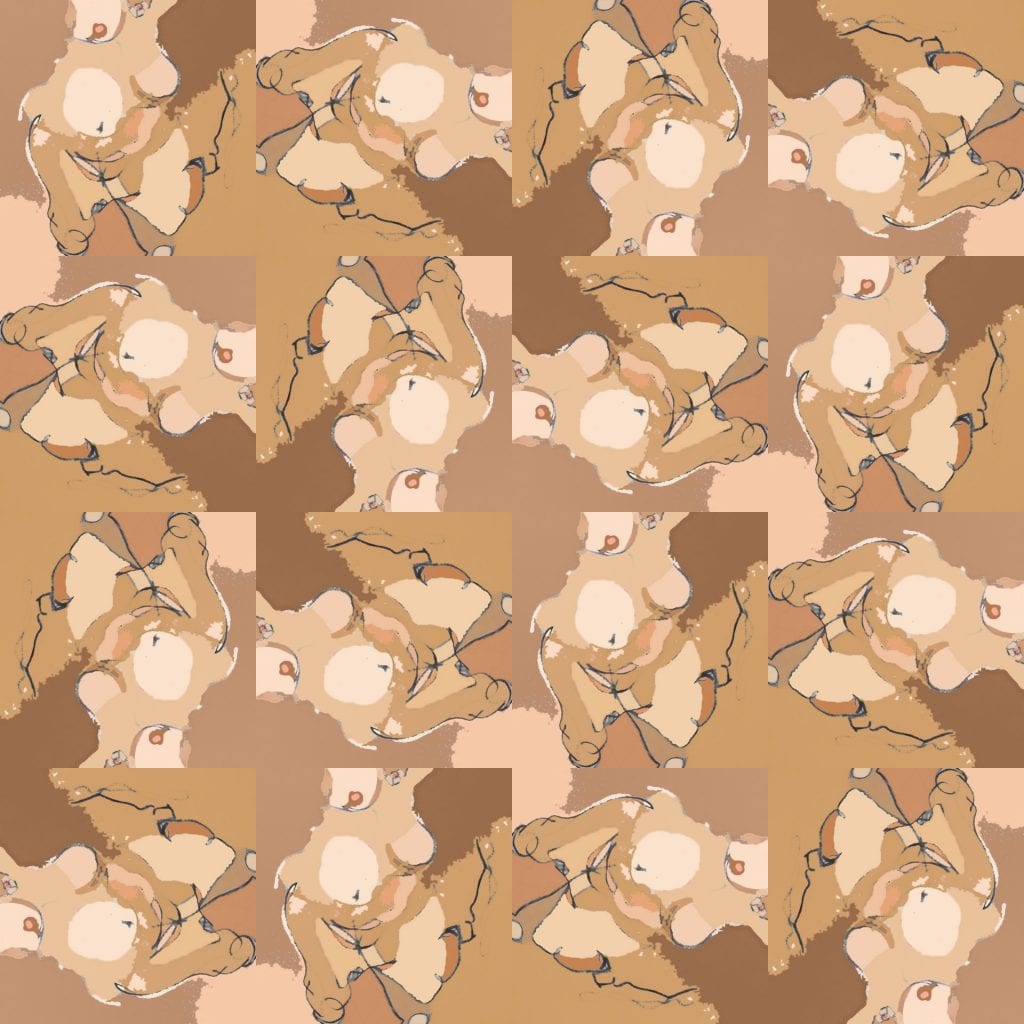
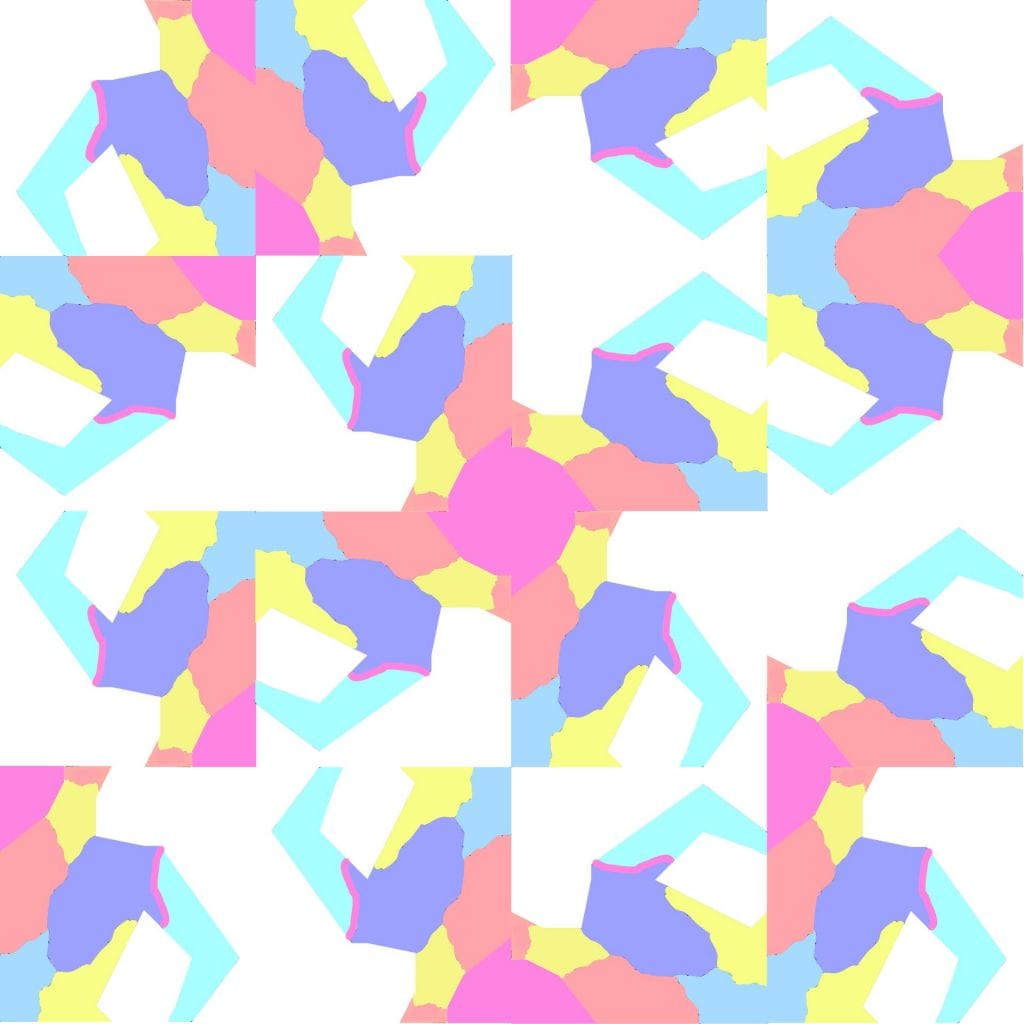
Project #3 – Double Exposure: The Environment and the Figure in Motion (Drawing and Photoshop)
The existence of motion is intricately linked to the passing of time. A still image is a frozen moment in time, but if an artist wishes to convey the passage of time, that often means incorporating a sense of motion.
Choose your three favorite figure drawings done in class, photograph them and import into Photoshop. Then select your three strongest textural architectural photographic studies. Combine each figure drawing with one photo reference to create and manipulate the figure with the environment. Three separate images will relate to one another to form a triptych.
Photoshop Skill Sets, Input/Output, Image Size, how many DPI to print, advanced selection tools, Basic Manipulations, scaling/rotating/cut copy paste, Layers: creating duplicating hiding showing. Blend modes, Manipulation of photography, Adjustment layers, Layer styles, layer masks, snapping to the grid.
Drawing Skill Sets: Gesture, Blind Contour, Line Quality, Basic structure and anatomy of the figure, Composition
References/Artists to consider: Joan Miro, Edgar Degas, stop-motion photography of Eteinne-Jules Marey, Marc Chagall, Chinese Calligraphy, Julie Mehretu, Lascaux cave paintings, Eadweard Muybridge, Duchamp’s “Nude Descending a Staircase, NO.2”, Umberto Boccioni’s “Unique Forms of Continuity in Space”.
Materials: In-class chiaroscuro figure drawings (charcoal and newsprint and/or white and black drawings on brown paper), personal photography of the urban or natural environment, Photoshop (laptop computers)
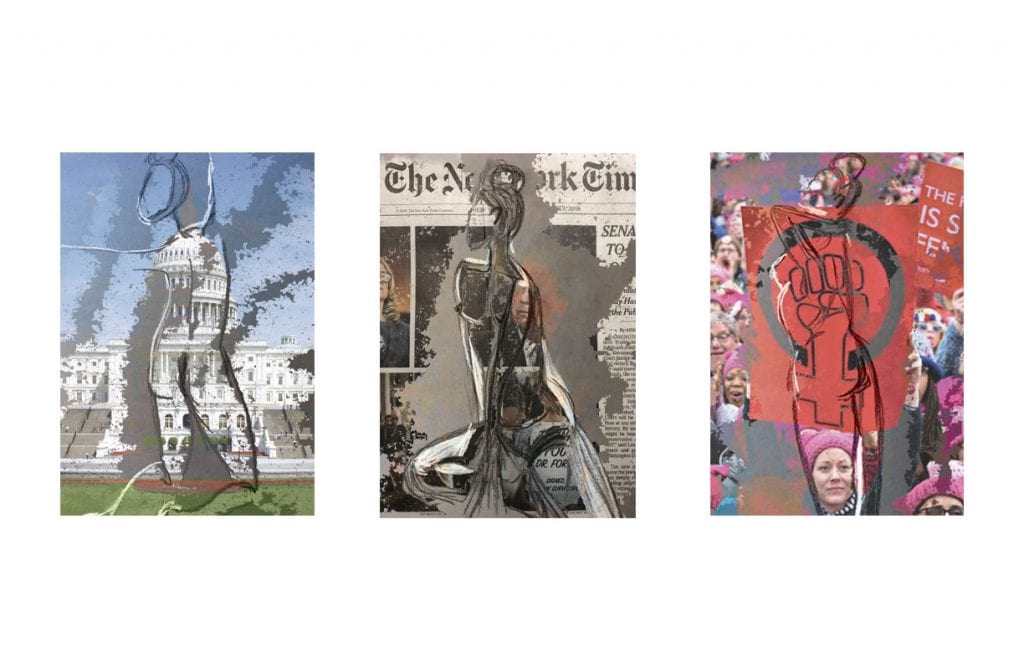
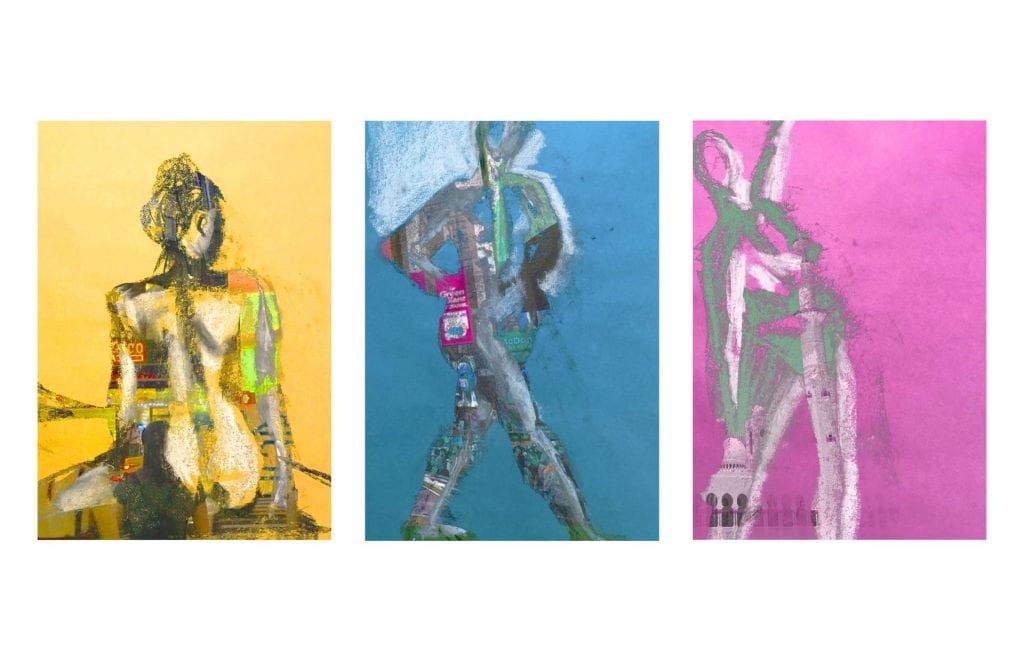
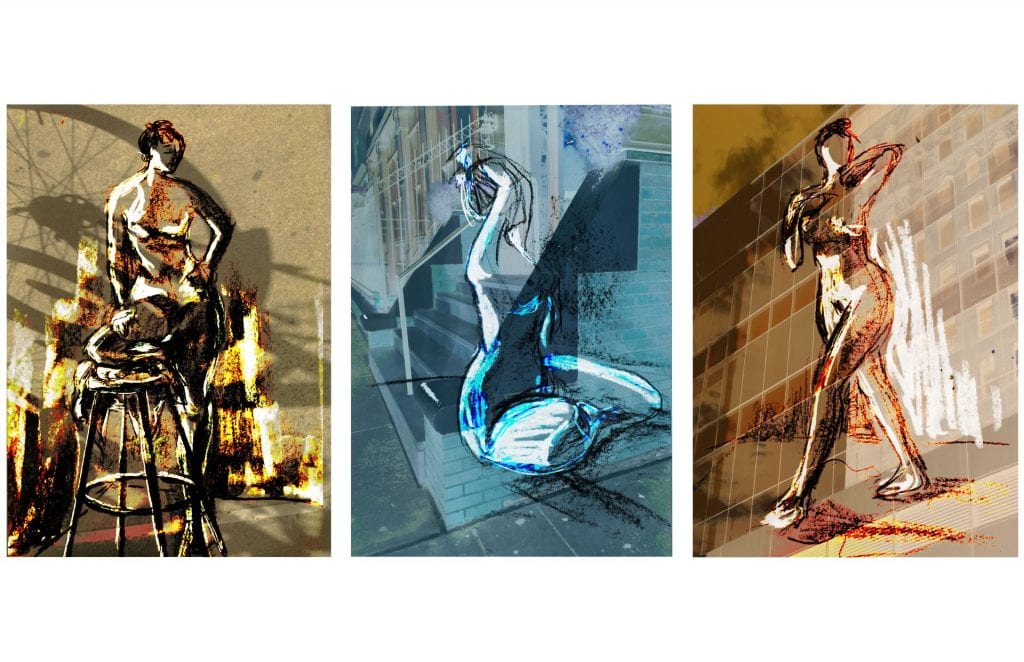
Project #4 – Architectural Color study (Drawing and Illustrator)
The geometry of negative space balances that of positive space. Colors also balance
one another, affecting the viewer’s perception of neighboring colors. By linking these
two critical aspects of an image, the artist visualizes the intrinsic interconnectedness of
shape and color.
Import your favorite sketch done at the Highline concentrating on one and two-point
perspective into Illustrator. Represent all aspects of positive and negative spaces in
color forms focusing on your study of hue, intensity, temperature, saturation, light and
shadow.
Illustrator Skill Sets: Interface, Preferences, Page set up, Art Board, Menus,
Grid/Rulers, Navigation, Zoom, Input/Output, Paths – pen tool/Shape tool/pencil tool,
Bezier handles, Adding and Deleting anchor points
Drawing and Observational Skill Sets: One point and two-point perspective,
architectural form and space, color theory vocabulary (hue, value, intensity, saturation,
light value), simplifying shape, value reduction, positive and negative space, vanishing
point, horizon line.
References and Artists: Piet Mondrian, Wassily Kandinsky, Richard Diebenkorn,
Fairfield Porter, Jacob Lawrence.
Materials: sketchbook drawings of the Highline and/or Grand Central (sketchbook, pens, pencils), Illustrator
(laptop computers)
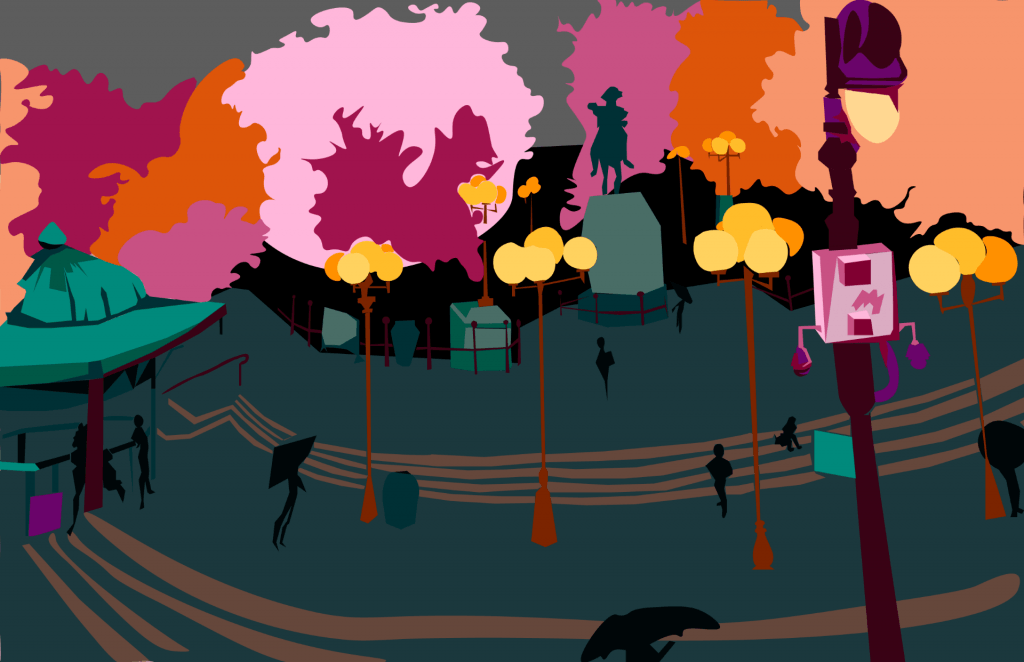
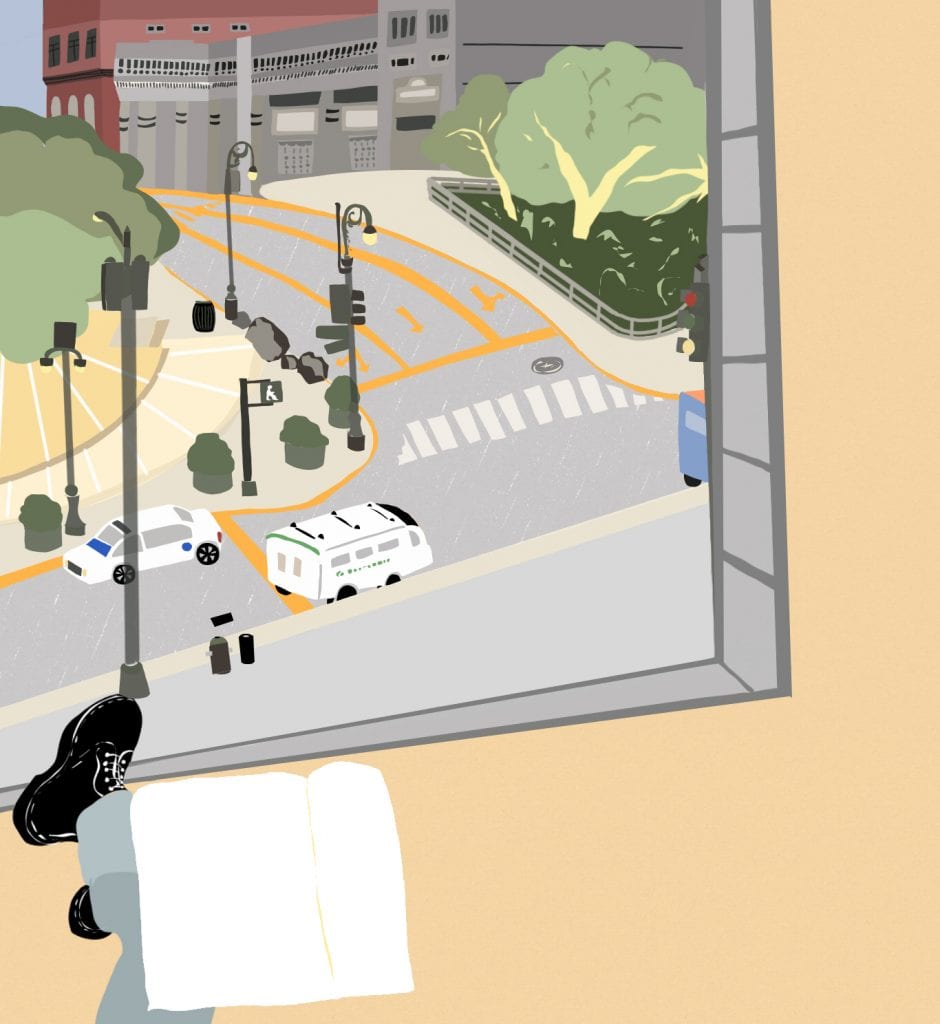
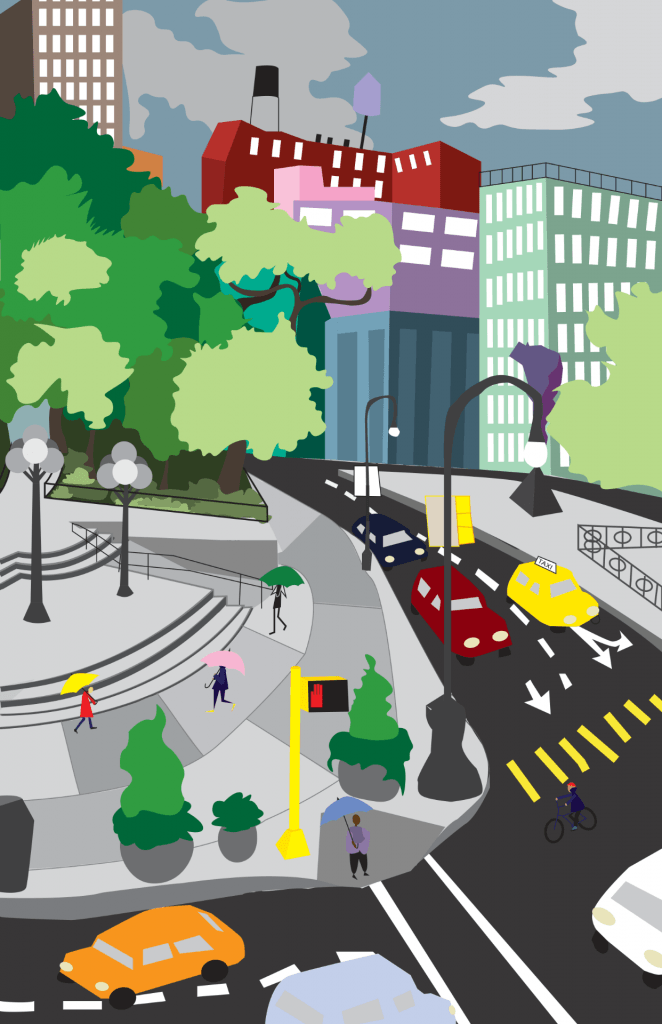
Project #5 – Image and Text (Drawing, Digital Images, and Illustrator)
Letters and words are shapes, integrations of positive and negative space often depicted
in simple black and white. But they convey meaning far beyond their aesthetic nature
because of their association with language and, therefore, thought. The viewer does not
see the shape of the text alone, but automatically interprets the denotation. Can this
complement an image or does it detract?
Combine photos of drawings and images of figure and space and objects with words to
create a meaningful dialogue. Things to consider: what do words convey? Do you have
to speak the same language to create meaning? How do words convey different ideas
from images?
Skill Sets: Text Tool, Path Tools for Art, Merging, Brush Tool, Making of Brushes,
pattern making and creating swatches.
References/Artists: Shepard Fairey, Mira Schor, Chuck Connelly, Jasper Johns, Jenny
Holzer, Mariah Fee, Steve Chanks, Glenn Ligon, Ancient Egyptian painting and hieroglyphs.
Materials: digital photos, photos of your favorite in-class drawings or sketchbook
assignments, Illustrator (laptop computers)
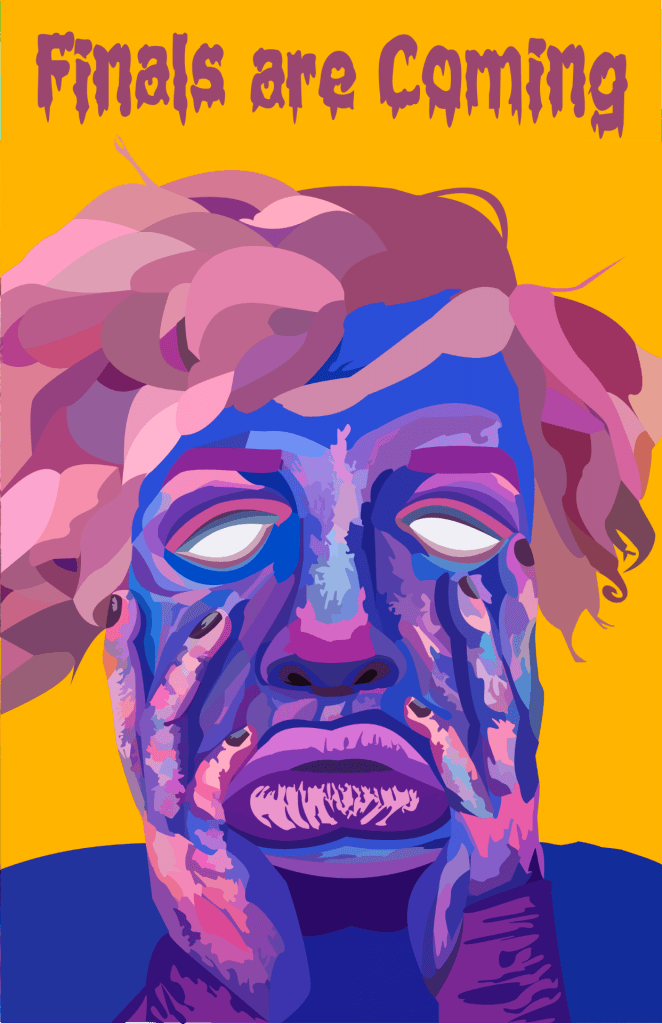
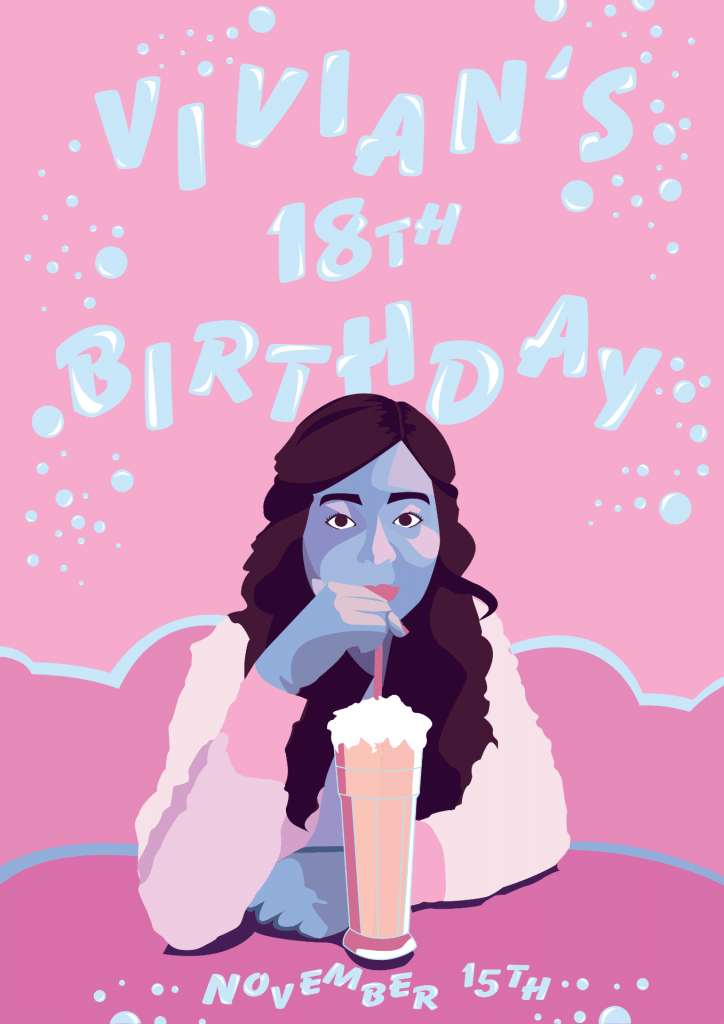
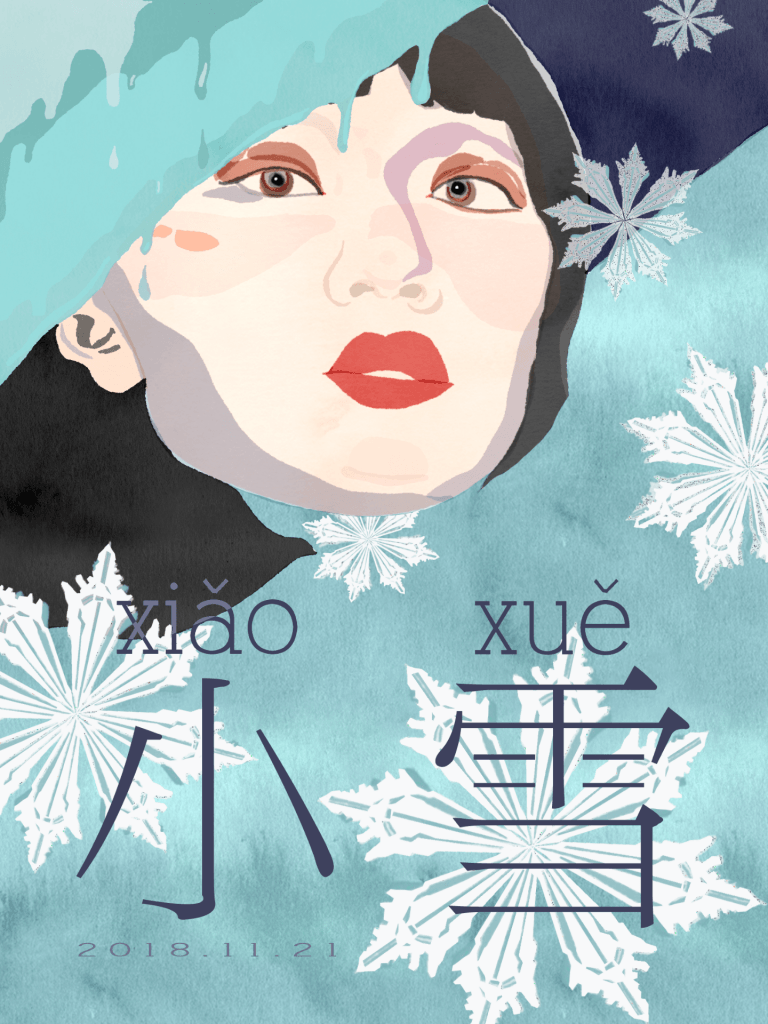
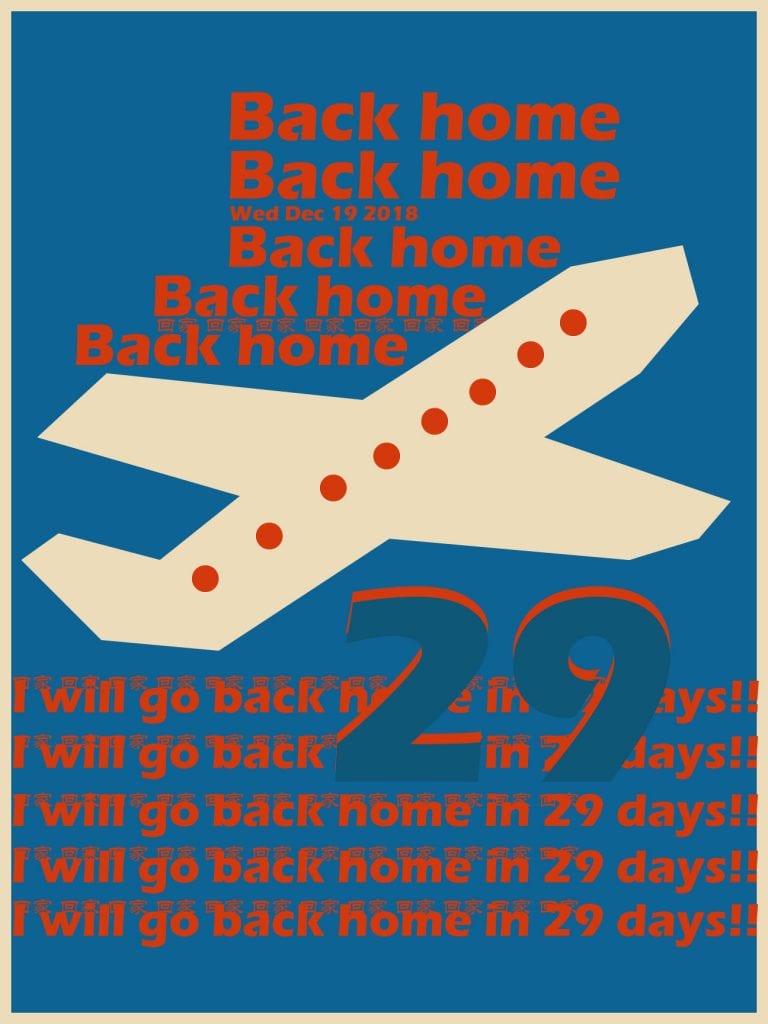
Project #6 – Historical and Social Self Portrait (Combination of Drawing and Digital
– Medium of your choice)
An artist’s choices in representing the self convey the ideas the artist wishes to communicate. Important figures in the history of art have made different aesthetic decisions in their self-representation. How do these choices arise from, reflect, and influence the meaning of the work? How do the techniques we have studied this semester fit into these decisions? What are the consequences of the artist’s choices?
The Final project will be a culmination of aspects of the topics covered in the semester. The student will choose a figure in art history that he/she feels important in his/her culture and/or background and use this person as a starting point to share. Aspects to think about communicating: self-portrait in historical context, figure, and ground, special relationship to culture, identity, the self. Drawing in wet or dry medium and using digital aspects are encouraged, as well as color and black and white materials. Students will have the freedom to express themselves using a variety of materials of their choice, choosing from both digital and analog materials.
Accompanying the Visual portion of the final project will be a one-page text about the piece (why the student chose the particular historical artistic figure and what concepts the student chose to cover within the assignment). The text should include a one paragraph biography of the historical artist, one paragraph on the materials and techniques that the student used for the project, and a paragraph about how the student relates to the artist and why this artist holds meaning to the student.
References/Artists to consider: Kara Walker, Louise Bourgeois, Alice Neel, Chuck Connelly, Van Gogh, Kiki Smith, Faith Ringgold, Frida Kahlo, Lucien Freud, Eric Fischl, Marina Abramovic, William Kentridge, Jeff Britton, Lynette Yiadom-Boakye, Nina Chanel Abney, Maya Freelon Asante, Shahzia Sikander, Kehinde Wiley, Islamic miniature painting in illuminated manuscripts.
Materials of your choice: Bristol board, pens, pencils, charcoal, newspaper and magazines, digital photos, laptop computers, gouache, colored pastel sets, brown paper, India ink.
